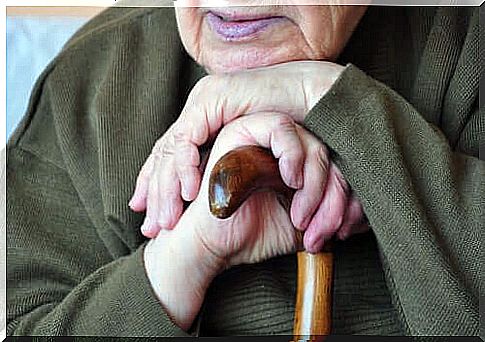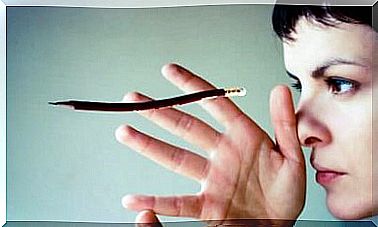The Sunset Syndrome

Over the years, people change their habits. They say that, as they get older, everyone becomes more manic: with food, cleanliness, sleep… But why? Today, we will focus on the changes that occur in the sleep structure of older people with or without dementia, with an emphasis on late-afternoon behavior. This is what we know as evening, twilight or sunset syndrome.
This syndrome can be defined as a state of disorientation that occurs in the late afternoon and extends into the night. It can affect anyone, especially when they reach old age, but it is more common in individuals with some form of dementia.
It is important to mention that, although it can happen to anyone, it affects only between 10% and 25% of patients with this disease (Lesta and Petocz, 2004).
As Dewing said, quoted in González and Cerdeña (2015), it is difficult to restrict the definition of the term, but this syndrome includes periods of extreme agitation and confusion during the late afternoon or early evening, which lead to irritability.
The patient experiences changes in motor behavior and in their ability to express themselves.

How sunset syndrome affects people with dementia
According to Echáverri and Erri (2007), this is one of the most common phenomena that occur in geriatric medicine.
Although, as we said earlier, there is no consensual definition of the sunset syndrome in the medical literature, we can call it an adverse psychological-behavioral episode.
It affects some patients with Alzheimer’s dementia in such a way that they are particularly restless, aggressive and restless in the last hours of the day.
This syndrome makes the confusional episodes experienced by people with Alzheimer’s disease more noticeable. Thus, it manifests and shows behavioral, emotional and cognitive problems associated with dementia.
Signs and symptoms of sunset syndrome
As Gimenez and Macias say, the origin or cause of this syndrome may be a break in the circadian sleep rhythms caused by Alzheimer’s disease. Or, an alteration in the perception of light associated with old age.
Some of the causes that can lead to this syndrome include social isolation and darkness at sunset. In addition, we can also mention polypharmacy, defined by the WHO as the concomitant use of three or more medications. This can trigger changes in behavior.
Although there is no clear clinical picture, these are some of the symptoms of this syndrome, according to Gímenez and Macias (2015):
- Increased disorientation.
- Confusion.
- Hyperactivity.
- Aggressive behavior.
- Anxiety.
Other symptoms that also appear, according to Echáverri and Erri (2007):
- Reserved monologue, lively discussions, curses, screams and musitations.
- Apathy and depression.
- Headache.
- Walking behaviors and increased nocturnal activity, causing insomnia.
- Paranoid thoughts and screaming.

Recommendations
Some recommendations, in addition to pharmacology, may be as follows:
- Maintenance of regular lifestyle habits.
- Discard intercurrent infections, that is, very close ones.
- Keep the person busy with simple activities.
- Do not nap during the day.
- Reduce the amount of noise.
- Keep lighting on premises.
- Avoid caffeinated beverages.
- Try not to take medications that could lead to this syndrome.
Furthermore, we must emphasize that the use of multisensory therapy or snoezelen can have positive benefits and effects when it comes to alleviating the signs and symptoms that the elderly present.
In short, there is not much literature that talks about the sunset syndrome, something that makes treatment and knowledge difficult. It is necessary to understand the factors that originate the different changes in order to act accordingly and, thus, improve the quality of life of patients.









